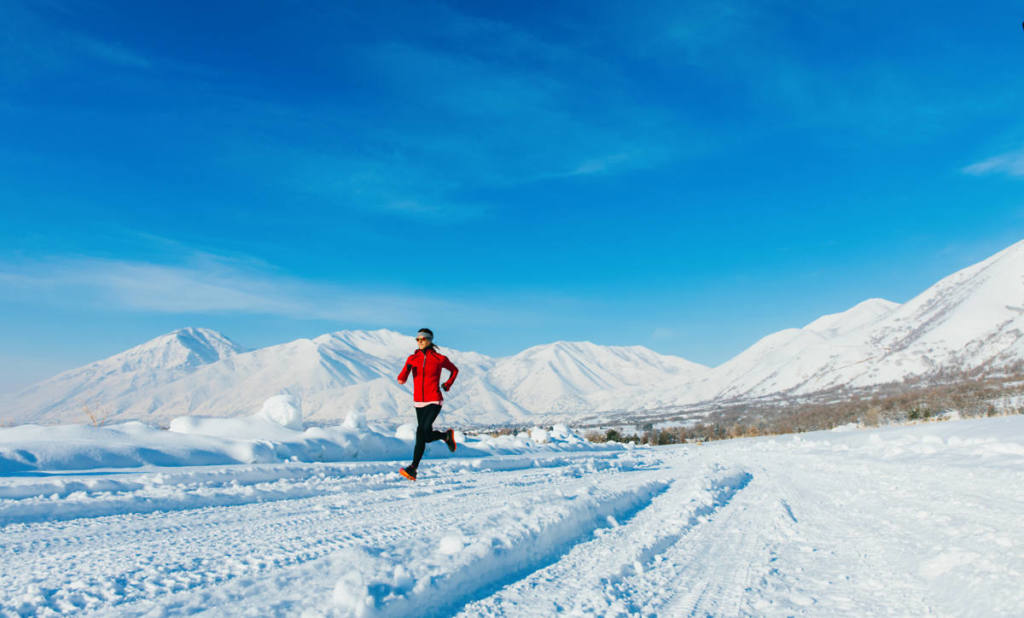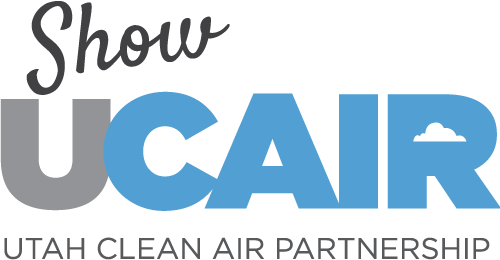
For Utah, snow is life. Our snow is so precious we boldly proclaim that it’s the “Best Snow on Earth,” and with good measure. Utah hosted the 2002 Olympics because of its spectacular snow. But, something less commonly known is that snow, or more specifically, snow storms affect the air quality in Utah.
Like a perfect storm, pun intended, snow actually leads to stronger inversions after the storms blow out. The DEQ explains it like this, “Utah inversions often occur after a snowstorm. The snow cover makes the air colder near the ground, and the clear skies warm the upper atmosphere. If a high pressure system moves in, the gradual sinking of the warmer air acts as a cap over the cooler air, much like a lid over the valley bowl. The longer a high pressure system lasts, the longer and stronger the inversion.” Snow storms roll in and out and around and around the inversion-pattern goes.
In addition to the weather, our emissions are what make our air suffer in an inversion. The DEQ says, “Pollutants from vehicles, wood burning, area sources, and industry become trapped near the ground during inversions, leading to poor air quality.” Once the “lid” goes on, our emissions are trapped and we end up breathing the air that stays trapped. That’s why being conscious of our emissions is so important, especially during the winter and even more so when a snow storm comes through. If you’re a Utahn, you likely already know that the air during an inversion affects health and quality of life.
But, we come with some hope. It’s really quite simple to make a big impact on Utah’s air quality.
- Reduce idling
- Reduce the number of vehicles on our roads
- Telework when possible
Achieving this can look like turning off your car when waiting more than 10 seconds, carpooling and staying home more on poor air quality days.
While we know just how great the snow is in Utah, we also want everyone to be able to get outside and enjoy it. Next time Utah gets a blanket of snow, help everyone to enjoy it by reducing emissions.

